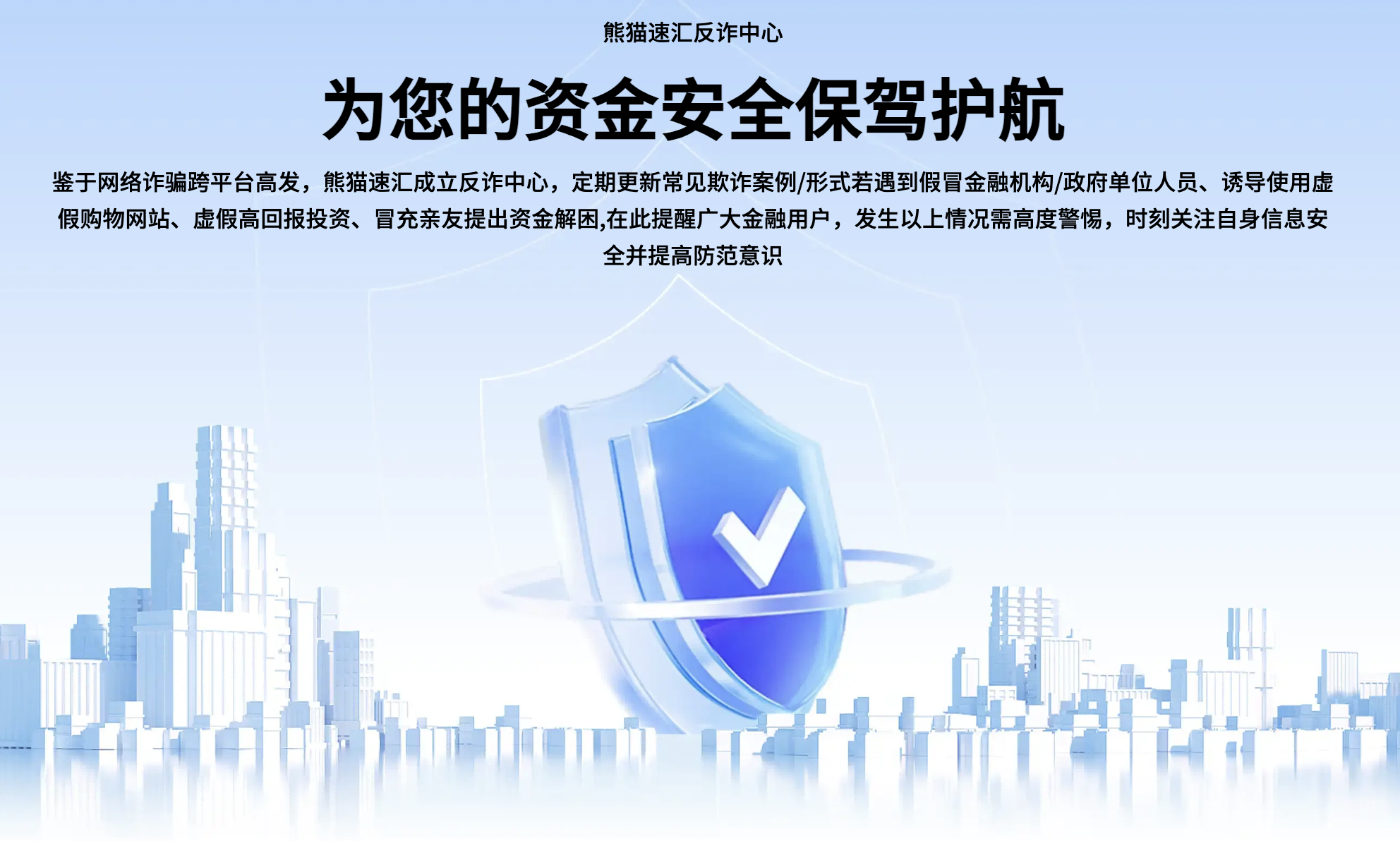Unlocking the Power of Prepaid Cards: Your Guide to Sending Money with Ease and Security
GPT_Global - 2024-02-12 18:30:06.0 291
Are there any age restrictions for sending money from a prepaid card?
When it comes to sending money through a prepaid card, age restrictions do apply. In order to use a prepaid card for remittance services, the cardholder must be at least 18 years old. This age requirement is set by federal regulations in the United States and may vary in other countries. Prepaid cards are often used as a convenient and secure way to send money internationally. They offer the ability to load funds onto the card and then use it to make purchases or transfer money to family and friends overseas. However, because these cards are tied to financial transactions, there are certain rules and regulations that must be followed. In addition to the age requirement, some prepaid card providers may also require additional verification steps before allowing the use of their services for remittance purposes. This could include providing identification documents and proof of address. It is important for individuals to follow these age restrictions and verification processes to ensure the safety and legitimacy of their transactions. Failure to comply with these regulations could result in the cancellation of the transaction or even legal consequences. As with any financial service, it is crucial to understand the terms and conditions before using a prepaid card for remittance purposes. This will not only help ensure a smooth and successful transaction, but also protect against fraudulent activity. So if you are looking to send money using a prepaid card, remember to check the age restrictions and follow the necessary verification processes. This will help make your remittance experience hassle-free and secure. Keep in mind that these regulations are in place to protect individuals and their hard-earned money.
Can I use a prepaid card to pay bills and make purchases?
If you're looking for a convenient and secure way to pay your bills and make purchases, a prepaid card might be the answer. These cards work just like a credit or debit card, but instead of being linked to a bank account, they are loaded with a set amount of money. This makes them a popular option for those who don't have a traditional bank account or want to limit their spending. So, can you use a prepaid card for your remittance business? The short answer is yes, and here's how.
Firstly, most prepaid cards are accepted by major billers and retailers, making it easy to use them for your remittance needs. You can use your card to pay utility bills, rent, groceries, and even make online purchases. This eliminates the need to carry around cash or write checks, saving you time and hassle. Plus, prepaid cards typically come with fraud protection, giving you added peace of mind when using them for your remittance transactions.
A key difference between prepaid cards and traditional debit or credit cards is that you can only spend the amount that has been loaded onto the card. This can be a useful tool for managing your finances and avoiding overspending. It also means you won't have to worry about overdraft fees or interest charges. Some prepaid cards even offer budgeting features, allowing you to track your spending and set limits for different categories of expenses.
Another advantage of using a prepaid card for your remittance business is that there are often no credit checks required. This means that even if you have a poor credit history, you can still sign up for a prepaid card and use it to pay your bills. Additionally, many prepaid cards have low or no fees, making them a more cost-effective option compared to traditional bank accounts.
In conclusion, prepaid cards are a convenient, secure, and budget-friendly option for paying bills and making purchases. They can be used for various remittance needs, and their acceptance is widespread. If you're interested in using a prepaid card for your remittance business, be sure to research different options and read the terms and conditions carefully to find the one that best fits your needs. With the right prepaid card, you can streamline and simplify your remittance transactions while also staying within your budget.
Are there any security measures in place when sending money from a prepaid card?
When it comes to sending money from a prepaid card, security is of utmost importance for both the sender and the recipient. With the increasing number of remittance businesses offering prepaid card services, it is crucial for customers to be aware of the security measures in place to ensure the safety of their money.
One of the primary security measures utilized by remittance businesses is encryption. This technology scrambles the data being transmitted, making it virtually impossible for anyone to intercept and decode the information. This ensures that sensitive details, such as account and card numbers, remain confidential during the transaction process.
In addition to encryption, many remittance businesses have also implemented two-factor authentication. This means that in order to successfully complete a transaction, customers must provide a unique code or answer a security question in addition to their password or PIN. This adds an extra layer of security and makes it difficult for unauthorized individuals to access the funds being sent.
Another commonly used security measure is fraud monitoring. Remittance businesses employ advanced algorithm to detect unusual patterns of transactions and flag them for further investigation. This helps prevent fraudulent activities and protects both the customer's funds and the reputation of the business.
Lastly, reputable remittance businesses often have strict Know Your Customer (KYC) policies in place. This means that customers need to provide valid identification and proof of address before they can make a transaction. These measures help to ensure that the person sending the money is authorized to do so, and reduces the risk of money laundering and other illegal activities.
In conclusion, there are several security measures in place when sending money from a prepaid card through a remittance business. Encryption, two-factor authentication, fraud monitoring, and KYC policies are just some of the measures used to protect customers' funds and personal information. By choosing a trusted and secure remittance service, customers can have peace of mind knowing that their money is in good hands.
Can I track where my money goes when I send it from a prepaid card?
When using a prepaid card for remittance services, you may wonder where your money goes after it is sent. The answer is simple - your money is converted into the local currency and delivered to the recipient's bank account or picked up at a designated location. Prepaid cards are a convenient and secure way to send money internationally. They work like a debit card, where you load funds onto the card and use it to make purchases or withdraw cash. When sending money through a remittance service, the funds on your prepaid card are used to cover the transaction. It is important to choose a reputable remittance service that has established partnerships with banks and money transfer agents in different countries. This ensures that your money is delivered safely and securely to the intended recipient. Many remittance services also offer the option to track your money's journey. This can be done through online tracking tools, email or text message notifications, or by contacting customer service. Tracking your money can provide peace of mind and help you stay informed about the progress of your transaction. Additionally, using a prepaid card for remittance often comes with lower fees compared to traditional money transfer methods. This means more of your money will reach its intended destination. It's also a convenient option for those who do not have a bank account or prefer not to use their bank for international transfers. In conclusion, when using a prepaid card for remittance services, your money is converted and delivered to the recipient's bank account or pick-up location. Choose a reliable remittance service and take advantage of tracking options to ensure a smooth and secure transaction. With lower fees and the convenience of a prepaid card, it's a great option for sending money internationally.Do I need to activate my prepaid card before using it to send money?
When it comes to sending money through a prepaid card, the first question that often comes to mind is whether or not the card needs to be activated before it can be used. The answer to this question depends on the specific terms and conditions of the prepaid card you are using.
Some prepaid cards may require activation before they can be used for transactions such as sending money. This activation process usually involves registering the card online or by phone, and in some cases, providing personal information such as your name, address, and social security number. Once activated, the card will be ready to use for money transfers.
However, there are also prepaid cards that do not require any form of activation. These cards are typically called "open-loop" cards and can be used right away for transactions. They are usually linked to a major payment network such as Visa, Mastercard, or American Express, making them widely accepted at various merchants and remittance services around the world.
If you are unsure whether your prepaid card needs to be activated, it is best to check with the card issuer or the remittance service provider you plan to use. They will be able to provide you with the necessary information and guide you through the activation process if needed.
It is important to keep in mind that activating your prepaid card does not necessarily mean it is loaded with funds. You will still need to add money to your card before using it for a money transfer. This can be done by linking a bank account, depositing cash at a participating retailer, or loading funds through a bank transfer.
In conclusion, while some prepaid cards may require activation before use, others are ready to use right out of the box. Be sure to check the terms and conditions of your card and contact the issuer or remittance service provider for any necessary steps before sending money. With a prepaid card, sending money has never been easier and more convenient.
About Panda Remit
Panda Remit is committed to providing global users with more convenient, safe, reliable, and affordable online cross-border remittance services。
International remittance services from more than 30 countries/regions around the world are now available: including Japan, Hong Kong, Europe, the United States, Australia, and other markets, and are recognized and trusted by millions of users around the world.
Visit Panda Remit Official Website or Download PandaRemit App, to learn more about remittance info.


